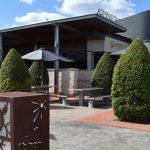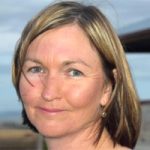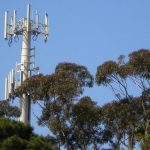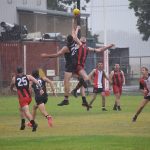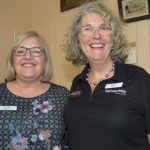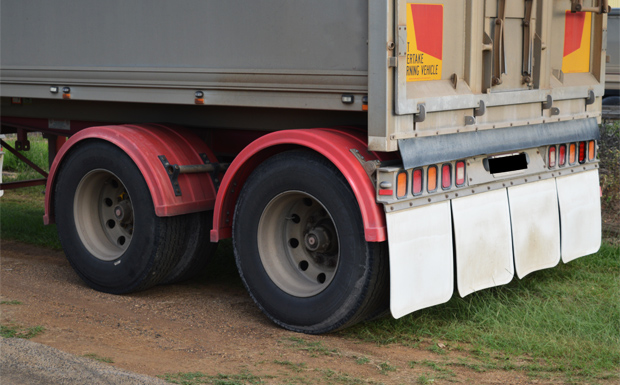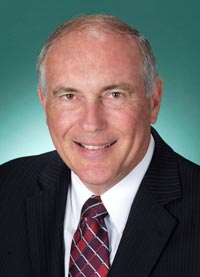
July 24, 2012
Federal MP Warren Truss’s “Wide Bay Community Survey” has revealed that more than four years after the forced amalgamation of local Councils, 76 per cent of respondents in the South Burnett still believe the amalgamation has been unsuccessful, and 53 per cent want a referendum to vote on de-amalgamation.
In fact, a strong majority of all respondents to the 2012 survey, distributed by Mr Truss’s office across the Wide Bay electorate, want a referendum on whether their Council should be de-amalgamated.
About 4000 people responded to the survey, which asked more than 100 questions about local, State and Federal issues.
Mr Truss, the Federal Member for Wide Bay, said the final results were still being tallied, however he had decided to release the interim results in regards to local government because of the short time frame to act.
“Communities only have a short time to decide if they want to de-amalgamate and so it is relevant that this interim result from the survey should be available now,” Mr Truss said.
|
Mr Truss said just 9 per cent or respondents to his survey felt the amalgamation of their Council has been a success, and an overwhelming 80 per cent said it had not been; 11 per cent were unsure.
He emphasised that the survey result should not be seen as any kind of rebuff for local councillors. They had only recently been elected and had inherited a situation forced on them by the previous State Government, he said.
“This response indicates that much work still needs to be done to convince people that the forced amalgamation of their local Council has been successful,” Mr Truss said.
Satisfaction with the success of amalgamated Councils was low across the electorate, with the Gympie Regional Council getting the best result.
According to the survey, 11 per cent of respondents from the Gympie Regional Council area were satisfied with the amalgamation of their Council compared with 69 per cent who were not; 10 per cent of respondents from the Wide Bay electorate who live in the Sunshine Coast Council area were satisfied with the amalgamation of their Council compared with 83 per cent who were not.
In the South Burnett Regional Council area, 9 per cent of respondents thought the amalgamation had been successful, compared with 76 per cent who thought the amalgamation was unsuccessful.
However, the Fraser Coast Regional Council faces the biggest disenchantment amongst the survey’s respondents.
Only 6 per cent of Wide Bay residents who live in the Fraser Coast Regional Council area think the amalgamation of their Council has been successful, with 85 per cent saying that it was not.
“The survey was distributed to households across the Wide Bay electorate soon after the Council elections,” Mr Truss said.
“The results are not necessarily a reflection on the performance of the Council, but clearly indicate lingering frustration with the process undertaken by the former State Labor Government, which foisted amalgamations upon us.”
He said smaller communities were concerned that their interests risked being lost in the new mega-Council structure.
“The survey response is a signal to the State Government that people remain unhappy with the amalgamation process, with 68 per cent supporting a referendum on whether or not their Council should de-amalgamate.”
Those in favour of a referendum on de-amalgamation were highest in the former Noosa Shire (80 per cent yes, 15 per cent no); Fraser Coast (68 per cent yes, 21 per cent no); Gympie (52 per cent yes, 32 per cent no); and in the South Burnett Regional Council area (53 per cent yes, 31 per cent no).
“While some people thought that a referendum would be a waste of time and money and would not lead to any beneficial change, the result demonstrates that people do want the government to listen to their concerns,” Mr Truss said.
“The new LNP Government has a plan to give communities a say on de-amalgamation, but as each community is different the process needs to be genuine and as flexible as possible to consider all options and empower local communities.”







